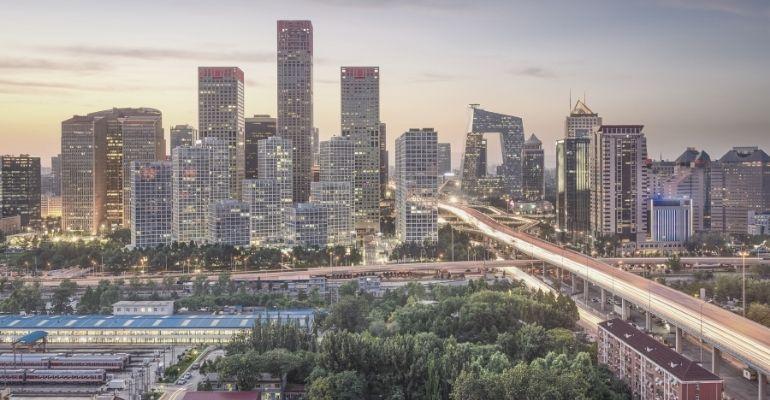Beijing is making history as the first city in the world to host both the Summer and Winter Olympic Games, in 2008 and 2022 respectively. But this is not the only first in Olympic history to be claimed by the city.
Beijing is also establishing itself as a leader in sustainability, with most of its Winter Olympic venues being repurposed from the 2008 games. Renewable energy is also being used to power all of the sporting venues, making the Beijing games one of the most sustainable to date.
RENOVATING FOR NOW AND IN FUTURE
This year’s winter games will see athletes compete in 25 sporting venues across the city, a handful of which are revamped from the 2008 Olympics.
The IOC’s Olympic Agenda 2020 which aims to reduce carbon emissions and other environmental impacts by requiring host cities to minimise new construction is hailed as a key driving force behind this.
“The venues of the Beijing 2022 Olympic Winter Games will not only be a reuse of the legacies of the 2008 Games but will provide more models and possibilities for their post-Games use in the process of venue renovation,” the Venue Planning and Construction Department of the Beijing 2022 Local Organising Committee told Fast Company.
Here’s a roundup of some of Beijing’s iconic, repurposed venues.
THE BIRD’S NEST
Built specifically for the 2008 games, the main National stadium, otherwise known as the Bird’s Nest, is again the center point of the 2022 Olympics, hosting the iconic opening and closing ceremonies.
Having previously hosted sporting events both during the 2008 games and afterwards with the likes of the 2015 World Championships in Athletics, this year will not see any sporting competition held in the venue.
THE WATER CUBE
The “Water Cube”, Beijing’s National Aquatics Centre has been frozen and has fittingly been transformed into the “Ice Cube” for the winter games.
Featuring five swimming pools, seating for 17,000 spectators and a wave machine, the eye-catching venue hosted Olympic swimming, artistic swimming, and diving during the 2008 games.
This year, the Ice Cube has been drained of water and redesigned to facilitate curling matches.
THE WUKESONG ARENA
Also known as the Cadillac Centre, the Wukesong Arena was constructed for the 2008 Olympics as the home of basketball.
In 2016, the venue was revamped by Finnish manufacturer Vepe Oy to include a flexible ice hockey rink. A true multipurpose facility, the venue is the first facility in the country with the ability to cater for both basketball and ice hockey, with a turnaround time of six hours.
This year, the Wukesong Arena will host the games’ ice hockey matches, and in future will become a venue for various cultural and sporting events.
WHAT HAPPENS AFTER THE GAMES ARE OVER?
Not only are Beijing 2022’s Olympic venues being repurposed for the games themselves, but they will also have a new use once the competition is over.
The Beijing Olympic village will be revamped and put on the market as new residential apartments for sale or rent. Further afield, the Yanqing and Zhangjiakou Olympic Villages are set to become a new mixed-use area featuring apartments, hotels and a commercial area to boost the region’s winter sport tourism.
KEEP UP WITH THE REAL ESTATE INDUSTRY
Subscribe to the Cityscape Intelligence newsletter here

